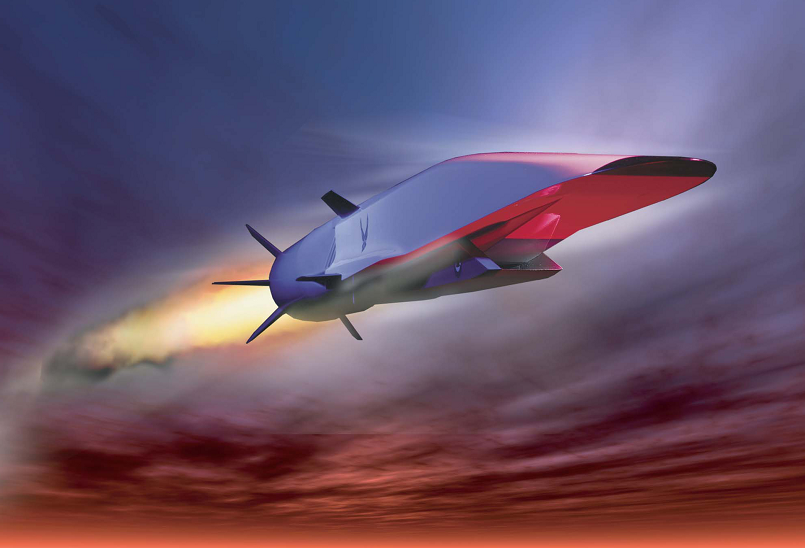This post is also available in:
 עברית (Hebrew)
עברית (Hebrew)
DARPA, the Pentagon’s research agency, is looking for a way to combat or intercept enemy hypersonic weapons. With countries like China and Russia working hard to develop hypersonic weapons capable of reaching ridiculous speeds over Mach 20, it is only natural that the United States would like a system that could counter hypersonic threat.
DARPA is looking to develop technology that is capable of intercepting hypersonic threats in Earth’s upper atmosphere. Dubbed the Glide Breaker project, DARPA wants its high-tech, high-speed interceptor as soon as possible, with plans to test the technology sometime this year.
Hypersonic Glide Vehicles (HGV) are much harder to intercept than traditional InterContinental Ballistic Missiles (ICBM). For starters, HGVs don’t fly into outer space like ICBMs, instead they fly through the thin upper atmosphere, where they reach extremely high speeds, while also staying low enough to make it difficult to detect on radar. ICBMs also fly a predictable, ballistic route that can be calculated making it easier to intercept. HGVs on the other hand, can be maneuvered mid-flight, thus making its flight route much less predictable and harder to intercept.
There are a few possible ways to shoot down HGVs. Directed energy weapons are one method, however they may be ineffective in bad weather. The United States Military’s THAAD (Terminal High Altitude Area Defense) anti-ICBM system could also provide some protection against hypersonic weapons. However, THAADs are designed to protect a small area, covering an entire country with THAAD systems would be very expensive.
However, DARPA isn’t necessarily looking for technologies capable of shooting down HGVs, they would be satisfied with technologies that can deter HGVs. The idea is to be able to, at the very least, redirect some of the HGVs to miss their intended target. This would make the adversaries firing the HGVs uncertain regarding which weapon lands where. This is meant to discourage adversaries firing weapons by lowering their confidence to hit their desired target.
This solution may be enough to stay safe for the time being. However, as Nationalinterest.org mentions, it is cheaper to develop an overwhelming mass of fast flying missiles than it is to develop missile interceptors. So maybe when it comes to missile defense, the best defense is an offense.


























